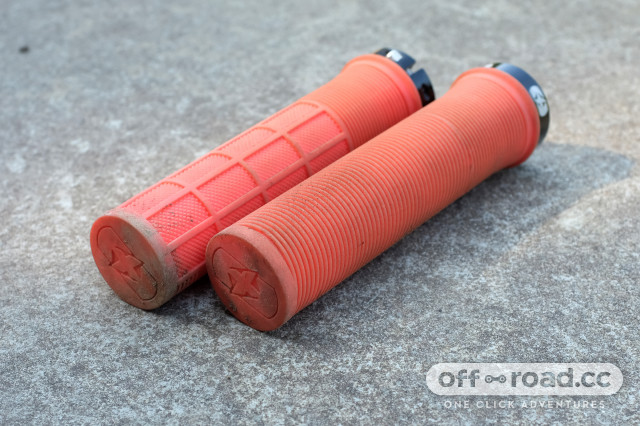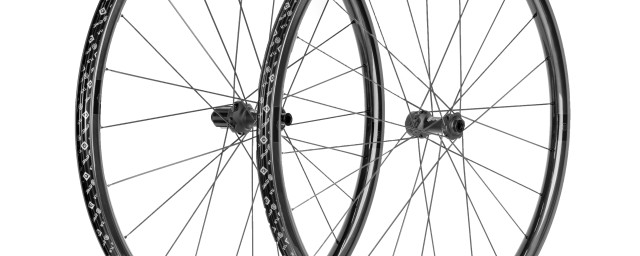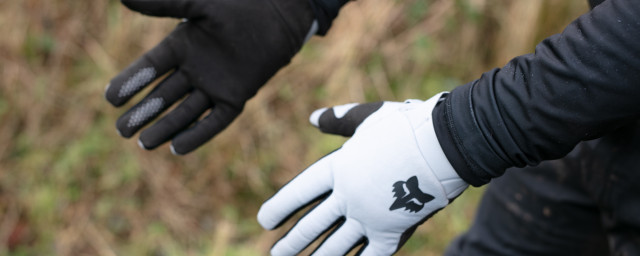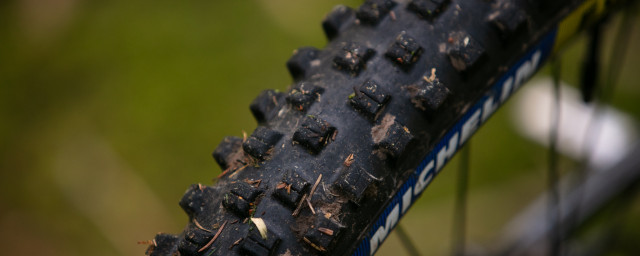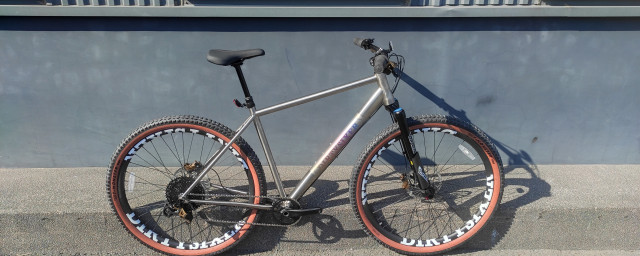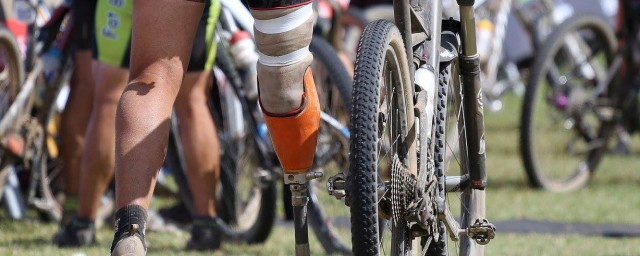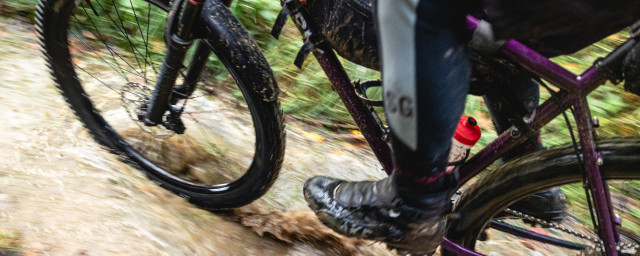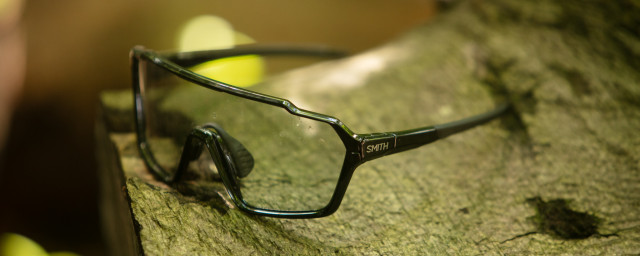Best MTB grips 2025 - options to improve your comfort and handling
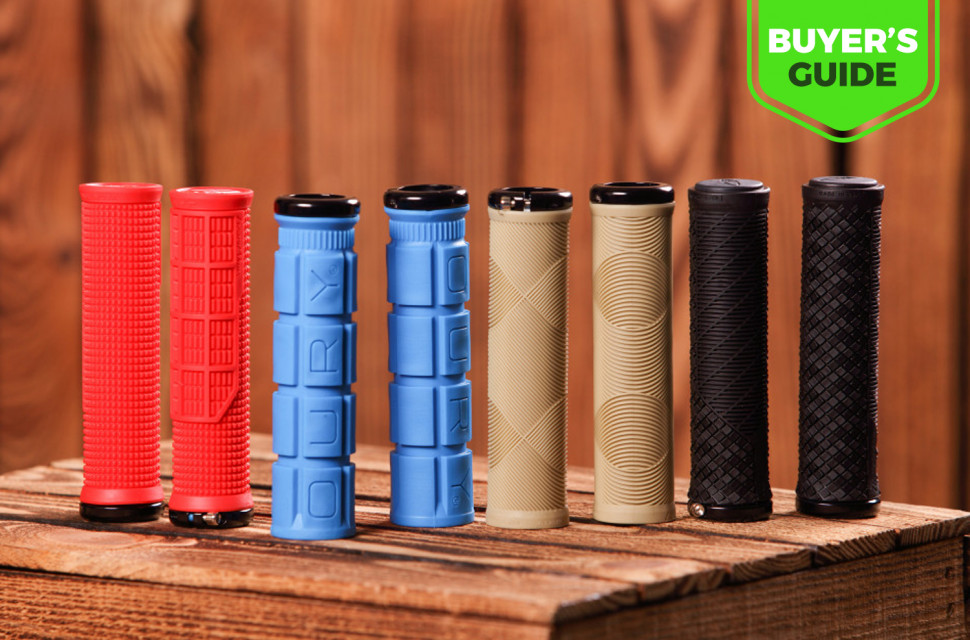
Sliding the best MTB grips onto your handlebars is a relatively simple task but picking a pair that suits you and your riding style is essential and harder than it might sound. Alongside your pedals and saddle, grips are one of three touch points a rider has with their bike. Grips are crucial to steer, brake, and operate dropper posts and gear levers. The best MTB grips offer comfort and enhanced control where you need it most. There are a few different types, construction materials, and compounds to choose from but we've done the hard work to ensure you find the best option for you and your riding style.
The grips on your mountain bike are important. The humble grip will allow you to maintain a secure grasp of the bars, even in the worst wet and muddy conditions. The best mountain bike grips will absorb vibrations passed to your hands and arms and improve comfort on long days in the saddle.
While a grip is a simple piece of kit, some factors should be considered when choosing the right ones for your steed. Construction material, grip pattern, ergonomics, how they fasten to the bar and size varies from grip to grip. Each type has its own benefits, here we will advise which grip is best suited to each discipline.
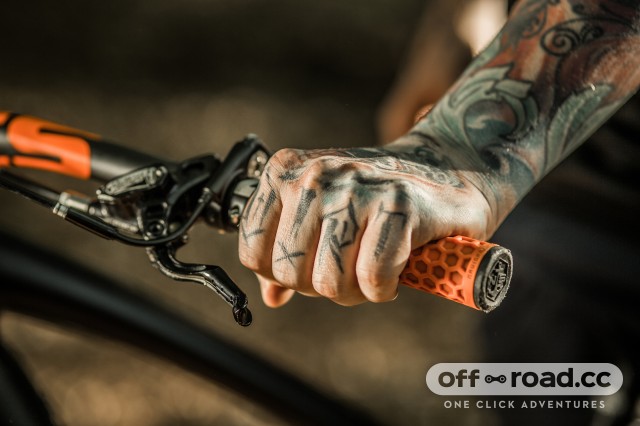
Keep reading to learn more or skip to the bottom for answers to the most frequently asked questions about what to look for when buying a set of the best MTB grips.
- DMR Deathgrips Flangeless Race Edition
- ESI Fatty's silicone handlebar grips
- Lizard Skins Charger Evo Single-Sided Lock-On grip
- Oxford Driver Lock-on MTB Grip
- Race Face Getta Grip lock-on grip
- Renthal Push-On Ultra Tacky Grip
- ODI Elite Flow Lock-On Grips
- RevGrips Pro Series Grips
- ODI Elite Motion Lock-On Grips
- ODI Elite Pro Lock-On Grips
DMR Deathgrips Flangeless Race Edition
£23
The Deathgrips are a household name in the world of handlebar grips and with very good reason. They are the product of a collaboration with DMR and Brendan Fairclough. We tested a thin version of the super soft, flangeless ‘Race Day’ edition which proved to be super grippy and comfortable but a little bit delicate to knocks and bumps.
They combine two classic textures, the diamond, and mushroom resulting in a grip that's become loved by the masses, and installed on many mountain bikes.
- If these grips look like your cup of tea, check out the full DMR Deathgrips Flangeless Race Edition.
ESI Fatty's silicone handlebar grips
£28
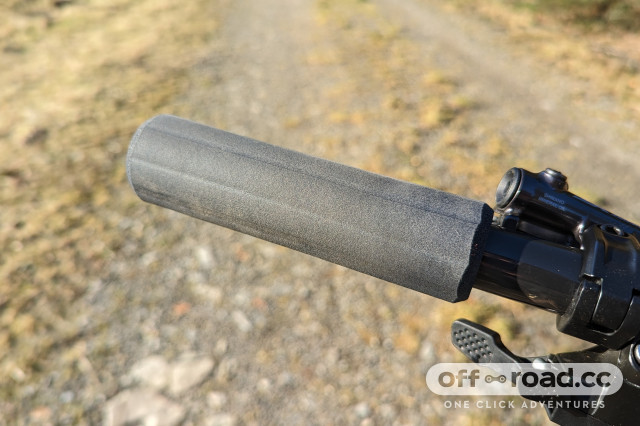
ESI is synonymous with silicone grips and is widely regarded as one of the go-to producers of this option. Unlike most of ESI's grips, black is the only colour option offered on the Fatty's. As the name suggests, the Fatty's are on the large side and boast a 35mm thickness, which supplies a feeling of comfort and security.
They are easy to install but once in place but can be a pest to remove, so if you are a rider looking to swap them between bikes, a lock-on style grip might be a better solution. It's also worth remembering that silicone grips are not as durable as rubber-style grips, so unless you are careful, they won't look box-fresh for long.
Read the full ESI Fatty's silicone handlebar grips review.
Lizard Skins Charger Evo Single-Sided Lock-On grip
£30
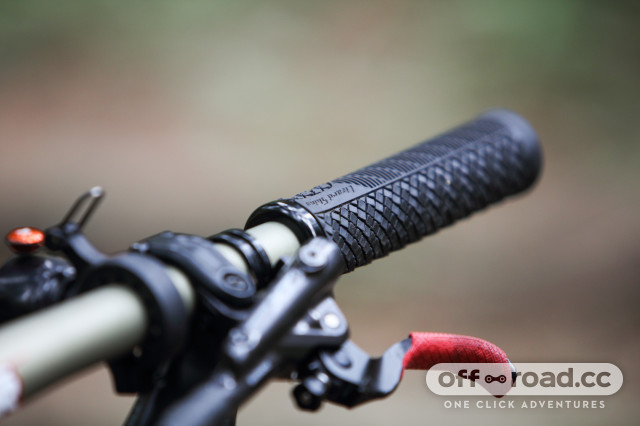
Lizard Skins claims that this grip is its most complex option combining a dual pattern with a soft compound rubber - all to provide riders with a comfortable grip of.
The Charger Evo grip clamps to your bar via a single lock-on collar. The aggressive pattern and soft compound also provide decent vibration-damping properties. These particular Lizard Skins grips have a closed-end, so you will have to look elsewhere if you like to store trail-side tools inside the end of your bars.
For information on how they performed during testing read the Lizard Skins Charger Evo grips review.
Oxford Driver Lock-on MTB Grip
£15
The budget-friendly Oxford Driver lock on MTB grip uses a web and waffle mix of textures for grip and comfort. It uses a single collar end clamp that secures tightly and can also be moved from bike to bike.
The Oxford Driver grips tip the scales at 100g and come in fives colours, so you can have them match your bike if you so wish.
At 130mm long with a 30mm diameter, they aren't especially long or bulky. That said they are not the softest option available but will go the distance when it comes to wear and tear.
Read the full Oxford Driver Lock-On MTB grips review.
Race Face Getta Grip lock-on grip
£22
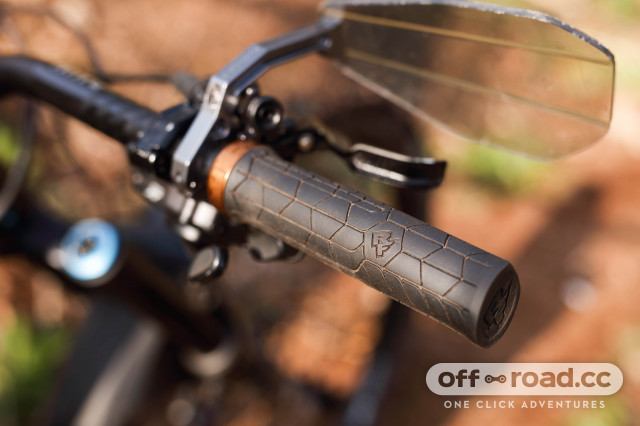
With a 30mm diameter, the Race Face Getta Grip is a low-profile offering. These grips use the company's proprietary rubber compound coupled with a hexagonal texture at the bottom - it uses a single lock ring collar to clamp onto the bars.
The grip is aided by the tacky rubber compound, which works well with or without gloves. However, if you are searching for a vibration-damping grip for those longer adventures you might want to consider the thicker Race face 33mm diameter option instead. This thin and firmer design does mean they are durable and held up well during the test period with minimal signs of wear.
For more details read the Race Face Getta Grip lock-on grip review.
Renthal Push-On Ultra Tacky Grip
£12
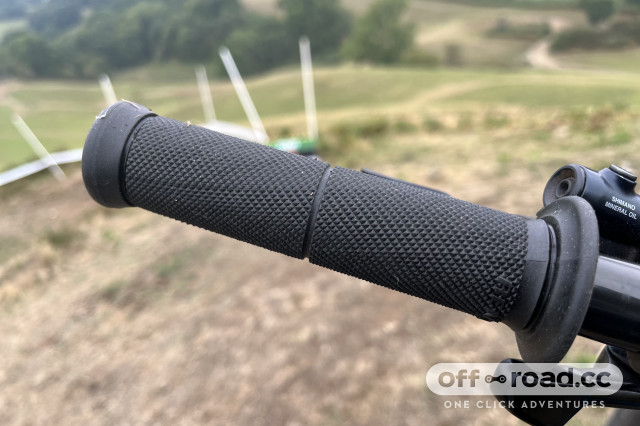
Renthal's Push-On grips offer a slender profile with an improved feel for more comfort. The Ultra Tacky compound does offer unprecedented levels of grip in the wet, but these have a higher rate of wear than regular rubber compounds.
The Push-On design is available in this Ultra Tacky version alongside its soft, medium, hard, and Kevlar compounds. With bare hands, the level of traction, even in wet conditions, is unprecedented. Owing to the push-on nature, they will take a little more effort to fit than a lock-on type grip. Renthal suggests that you secure these by using its grip glue (available separately at an additional cost).
To learn more about how they fared on test, read the Renthal Push-On Ultra tacky grips review.
ODI Elite Flow Lock-On Grips
£28
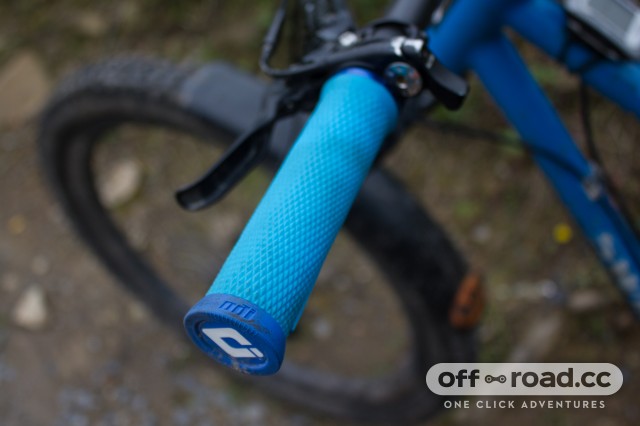
ODI was one of the first manufacturers to produce the lock-on style product, so it would be fair to say it knows a thing or two about grips. The ODI Elite Flow grips are one of three options in the ‘Elite’ series - and are suitable for riders that are looking for more comfort without sacrificing durability.
The Elite Flow grips feature offset padding, a single clamping collar and a rubber compound in a knurled or diamond pattern with a half waffle design on the underside for your pinkies to grip hold on.
The soft pro compound offers buckets of traction whether your hands are muddy, dusty or sweaty. The grips relayed good feedback from the trail, absorbing all but the gnarliest of downhill track chatter.
Get all the details by checking out our ODI Elite Flow Lock-On Grips review.
RevGrips Pro Series Grips
£100
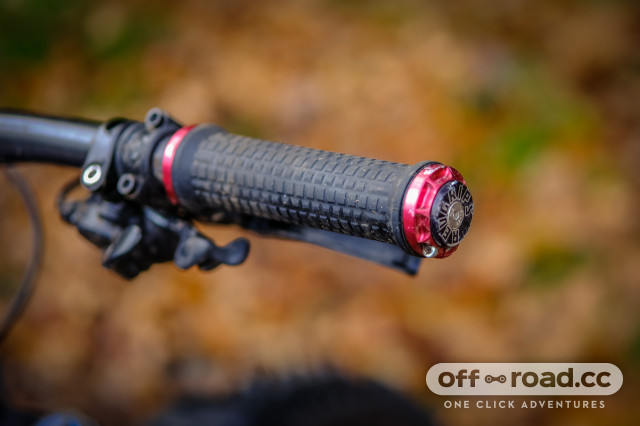
The RevGrips are available in three sizes spanning 31-34mm diameters and come in a range of colours – there are eight for the clamps and five for the sleeves, allowing a good level of customisation.
The RevGrips clamp on, leaving a gap between the main sleeve and the bar. The alloy clamps hold the sleeve firmly above the surface, while small rubber inserts provide a degree of twist and extra insulation from trail vibrations. The amount of flex and twist is tunable by means of thin metal spacers. This design is to help cure and prevent arm pump, hand pain and rider fatigue.
They are by no means cheap but if your regular mountain bike ride is on the roughest and toughest gravity trails that are causing you serious fatigue, they might be your fix.
Keen on what you see here? Read the RevGrips pro series grips review.
ODI Elite Motion Lock-On Grips
£28
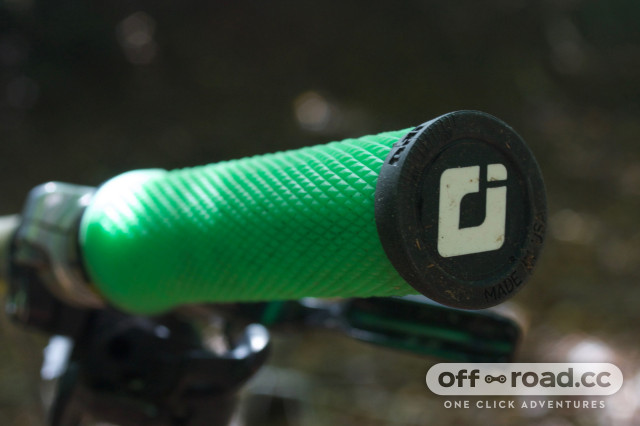
ODI Elite motion lock-on grips will suit riders with smaller hands thanks to their thinner 30mm diameter. They offer slightly more thickness where you want it under your palms. At 130mm long, they will fit without the need of pushing your shifters and brakes too far inboard on the bar.
The single clamp collar is coupled with a screw-in plug that hugs the grip. The knurled pattern comes in what ODI phrases as 'soft pro compound'. They are slightly tacky and are available in five colour options to ensure the collar matches the cuffs if you will.
If you have smaller hands and looking for thinner grips, our ODI Elite motion lock-on grips review is worth a browse.
ODI Elite Pro Lock-On Grips
£28
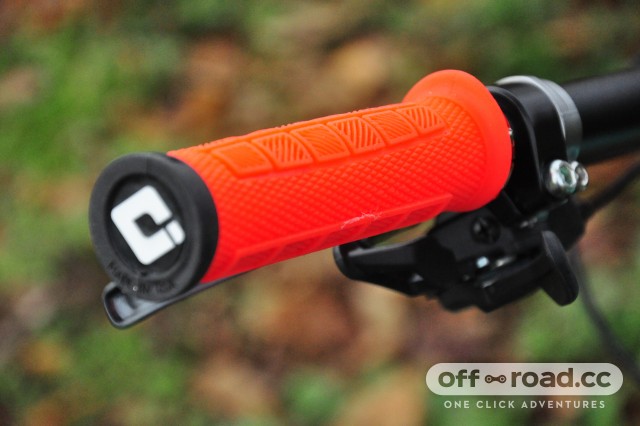
The ODI Elite Pro Lock-On grips combine a single collar design with a sturdy plastic bar end plug for safety and security. The outer edge is raised to ensure you know where your hands are placed and to prevent you from slipping off the grip.
The rubber grip utilises a combination of a diamond knurl and squared waffle pattern in the palm area. The ODI finger grid is perfectly placed on the underside, further boosting your grapple. The ODI Elite Pro grips also have a small inner flange that doesn't hamper ergonomics but rather boosts comfort thanks to the vibration-damping oval shape.
Read all about it in our ODI Elite Pro Lock-On grips review.
How to choose the best MTB grips
If you have worn out your old grips or just want to upgrade your bike's critical touchpoints, this section will address some of the most frequently asked questions about the best MTB grips to ensure you get the right product to suit you and your riding style.
What type of grips is best for MTB?
Slide-on grips are basically just a rubber sleeve that slides onto the end of your handlebars. They tend to be one-ended, negating the need for bar-end plugs. You can use lock wire that sits in a pre-cut deep groove and is twisted tightly around the grip. Alternatively, grip glue is available or hair spray is an option that works.
The very simple nature of traditional slide-on grips means that they can be the cheapest option and are offered in thin sizes and comparatively light. The downside is they can slip unless they are tightly secured or if they get moisture underneath them. The cheaper options also don't offer the most grip, but they might last significantly longer.
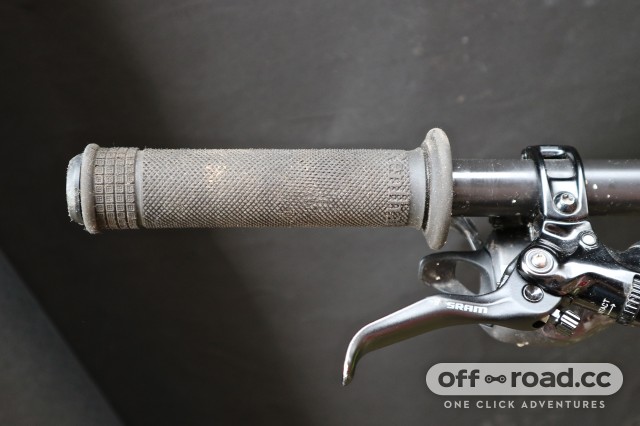
Foam grips don’t incorporate any lock-on collars or integrated bar ends. Foam or silicone grips are popular with long-distance riders due to their damping properties that help to reduce fatigue from high-frequency vibrations. They are simple, cheap and another bonus is that they weigh very little. They mould to your hand after a few long rides and offer a personal touch to your bike's controls. Unfortunately, the soft construction also means they are not the most durable and can be easily damaged in a crash.
Lock-on grips are rubber grips that feature metal collars at least on one end, if not both. These collars feature a grub screw or Allen key bolt that clamps and ‘locks’ them into place on the handlebar. These types of grips are popular on all different types of mountain bikes due to their security and versatility. They are also available in various colours, patterns, sizes, and compounds.
Lock-on grips are simple and easy to install but are generally more expensive than traditional types. However, even with the rubber coating around the inner sleeve, lock-on grips usually aren't quite as forgiving as the slip-on traditional offerings. Another word of warning, the collars can interfere with your palms, causing discomfort on longer rides, and they're not usually quite as thin as other types.
Other alternatives include RevGrips, designed to reduce fatigue, and arm pump by allowing a small amount of float and twist to reduce vibrations and chatter. They are more difficult to install and are also more expensive to buy. As a result, they will need to be a carefully considered purchase to cure particular discomforts while riding.
Are all MTB grips the same size and length?
To put it shortly, no. It'll take a bit of experimenting to find the right size for you - but the effort will be well worth it for ultimate control and comfort. Though some grips are best chosen after taking particular hand measurements.
Generally speaking, smaller hands suit thinner grips. Fitting grips that are too fat or thin may result in you having achy hands, arm pump, or problems regulating your braking and reaching levers for shifting and dropper post-actuation.
Grip length usually ranges between 128-140mm long, measured end to end. This measurement is useful to maintain the current positioning of your brake levers and shifters.
Alongside length, the shape can vary. Round grips offer a better bar feel, and an oval or ergonomically shaped grip is focused on comfort. Some manufacturers construct their grips so that the padding is offset and added only where it is needed. So the grip is thicker on one side than the other, allowing for a more cushioned palm area where the most pressure is exerted and a thinner area where the fingers cover. Grips sometimes have a flange on the inside, like a motocross or BMX grip. Depending on its size, this flange can restrict you from reaching any controls mounted inboard your grips.
The diameter or thickness measurement will change between models of grips. The diameter is usually from 25mm right up to 40mm, but the majority are in the middle at around 30(ish)mm and are a good place to start. These figures indicate the vibration-damping properties of the grips. The thicker grips offer a comfy ride with better vibration damping but won't suit smaller hands.
Should I replace my stock grips?
The humble grip is more important than it might seem. As a contact point with your bike, it is a crucial part that needs to fit and feel comfortable for you. Having the best MTB grips will enable you to spend hours on the bike in control and comfort. Nothing is necessarily wrong with the stock-fitted grips; there is no need to change them immediately unless you are looking for a specific fit or performance. These will, of course, eventually wear in time.
Which grip material and texture is the best?
Just like tyres, the best mountain bike grips come in different patterns and compounds, too, from uber tacky to the less so. The softer or 'tacky' compounds are grippier but will wear faster. The choice is down to cost and personal preference, whether you go for a grippy compound that will need replacing quicker or a harder one that will last you a lifetime.
Many patterns are available, varying from a simple cross-hatched, waffle or dimple pattern as found on ODI Elite Motion Lock-On grips to some that manufacturers opt to use their brand logo as a pattern and sometimes include a combination of a pattern and lettering. Some grips offer a combination with a raised grid that is designed to be rotated so that it is positioned on the underside of the handlebar to offer enhanced grip in the areas where your fingers wrap.
A low-profile pattern on the rubber is all that is needed to produce surprising levels of grip. Thicker and larger patterns might actually result in a lack of 'feel' and feedback through the bars but will deaden the chatter or vibration better; as a result, it mostly comes down to personal preference. The ESI silicone grips are almost smooth and better suited to disciplines that spend longer in the saddle, like XC or marathon. Thanks to their damping performance rather than out-and-out grip.
It will also depend if you tend to ride with or without gloves, riders who regularly wear gloves tend to prefer smaller, less aggressive patterns.
How do I know when I need to replace my grips?
Even the best MTB grips will wear out eventually. How long your grips last will depend on how often you ride and the rubber compound used. Softer compounds with thicker grips can tear and generally won't last as long. A telltale sign that a grip is getting towards the end of its life is the rubber gets smoother and sticky and begins to attract dirt.
You should also think about replacing your grips if you are experiencing discomfort in your hands during your ride. Maybe you are finding sores or blisters; it might be time to try a different pair of grips.

